Xerophytic Garden Design: How To Use Xerophyte Desert Plants In The Landscape
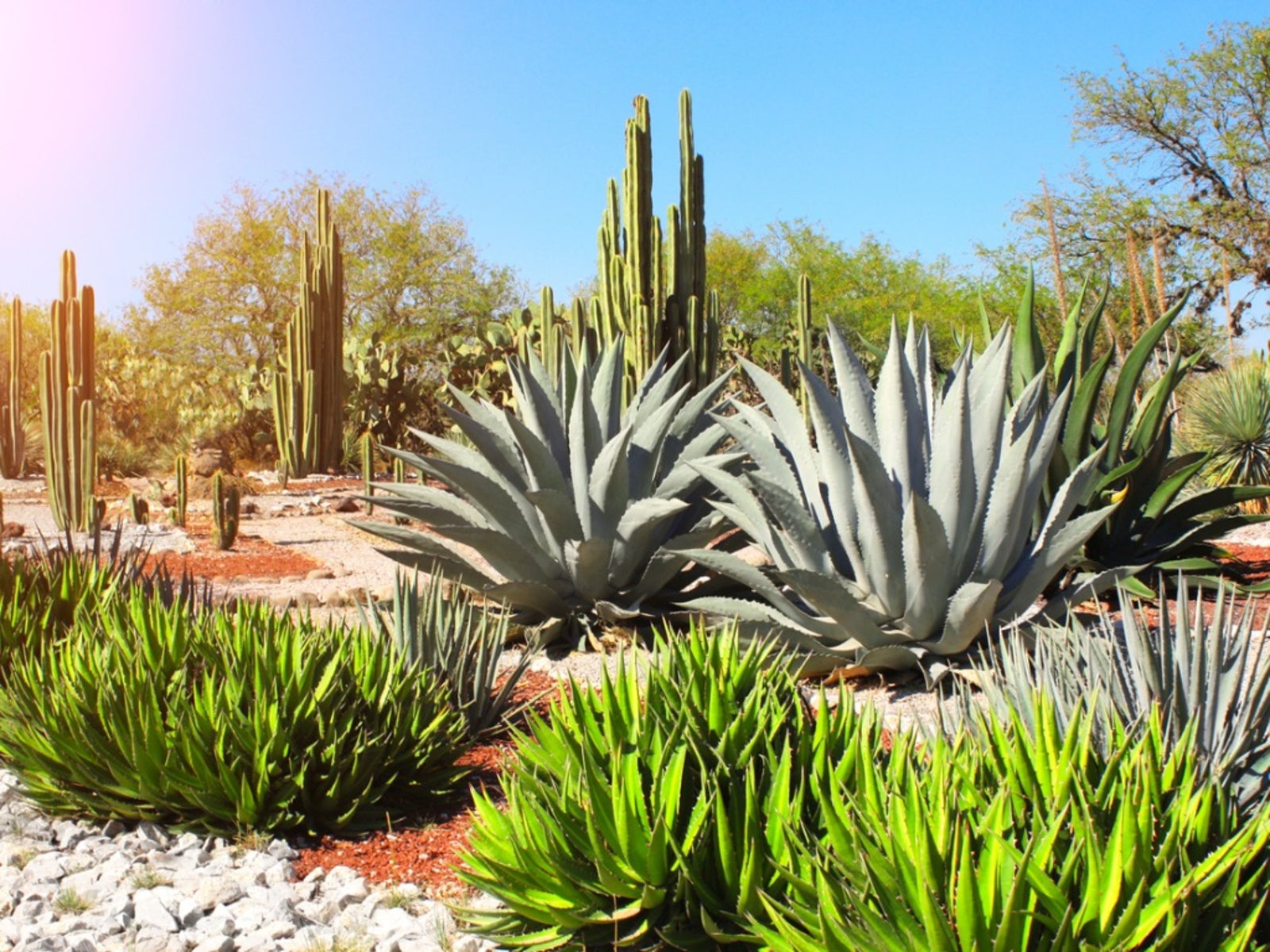

Plants astound and amaze with the wide variety of adaptations they make to survive in diverse and challenging environments. Every species performs mini miracles of survival by virtue of their special modifications and characteristics. Xerophyte desert plants are a perfect example of adapted plants. They have altered their physiology over time to thrive in dry, arid regions. Gardening with xerophytes allows you to exploit their special characteristics and utilize them in dry or drought prone parts of your landscape.
What are Xerophytes?
Plant classifications such as mesophyte, hydrophyte or xerophytes hint at the species ability to adapt and survive. What are xerophytes? These are a group of plants that are uniquely suited to areas with limited rainfall. Adaptations of xerophyte garden plants vary but may include lack of leaves, waxy skin, storage organs or stems, shallow spreading roots or even spines. Cacti are great models of the xerophytic class. Other types of xerophytic plants include succulents like aloe, euphorbia, some grasses and even some perennial bulbs. These plants have the ability to store water, close the stoma in the leaves to conserve moisture, reduce transpiration and wide root bases or deep taproots.
About Xerophyte Desert Plants
While hydrophytes hang out near water and mesophytes on land with plenty of organic matter and moisture, xerophytes live where annual rainfalls are measured in just a few inches. Xerophyte desert plants, such as cacti, possess adaptations that allow them to not only survive in arid zones, but to thrive. Their low moisture and nutrient needs, ability to withstand blazing sun and cool nights makes xerophytic garden design a low maintenance way of conserving resources in the landscape. Xerophyte desert plants are suitable for USDA plant hardiness zones 8 to 13. However, these amazingly adaptive plants can occasionally grow in lower zones with some protection from cold and excess moisture.
Xerophytic Garden Design
Xerophytic adaptations of plants make for hardy resource conserving garden choices. Even if you don't live in a desert, many types of xerophytic plants can work in different garden situations. The area under the eaves, for instance, tends to receive less rainfall and will be sunny and hot on the south and west sides. Rocky or gravely hills with sunny exposure tend to be low on moisture and nutrients which run off in the rainy season. These suggestions are just a couple of the areas where xerophytic garden design could be fun and helpful in your landscape. Check the area for drainage and amend with generous amounts of sand or other gritty material, if necessary. Choose plants suited for your zone. Remember that these plants often have a deep taproot, so choose locations wisely as they can be difficult to move once established. Cool, rainy climates can also use xerophytes in the garden as potted patio plants. Move them indoors or to a sheltered area in winter.
Gardening tips, videos, info and more delivered right to your inbox!
Sign up for the Gardening Know How newsletter today and receive a free copy of our e-book "How to Grow Delicious Tomatoes".

Bonnie Grant is a professional landscaper with a Certification in Urban Gardening. She has been gardening and writing for 15 years. A former professional chef, she has a passion for edible landscaping.
-
 Looking For Plants To Give You The Soft And Fuzzies? Try These 5 Fuzzy Leaf Plant Options
Looking For Plants To Give You The Soft And Fuzzies? Try These 5 Fuzzy Leaf Plant OptionsLovers of texture, drama, silver foliage and tactile plants will adore these special sensory garden additions. These fuzzy leaf plant options will leave you all aglow
By Susan Albert
-
 Get Ready For A Summer Of Hummers! Grow These Full Sun Hummingbird Plants and Flowers
Get Ready For A Summer Of Hummers! Grow These Full Sun Hummingbird Plants and FlowersIf you’re lucky enough to enjoy a sunny backyard, make sure you are maxing out on your pollinator opportunities and grow these full sun hummingbird plants and flowers
By Tonya Barnett
-
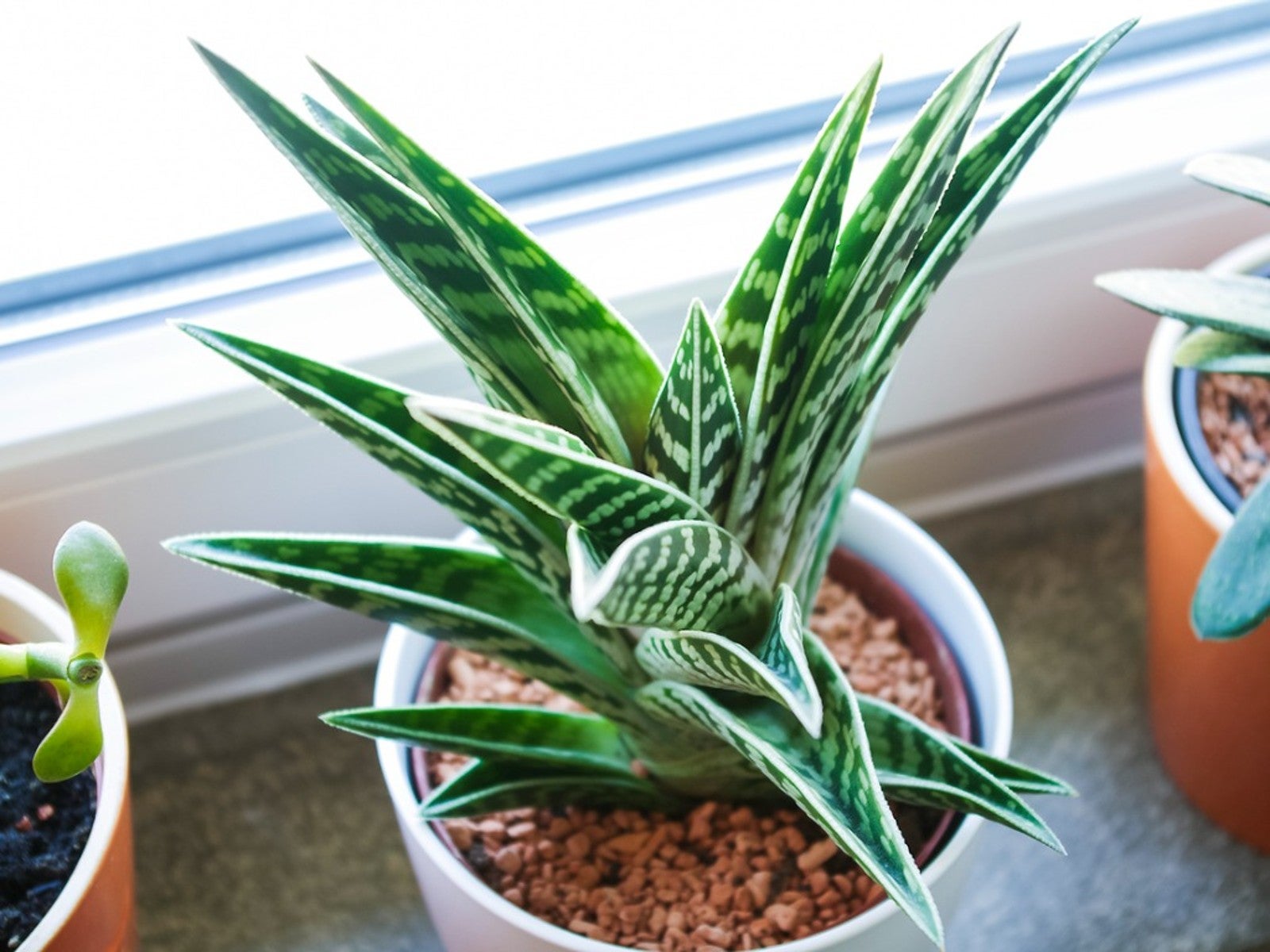 Variegated Succulents To Add To Your Plant Collection
Variegated Succulents To Add To Your Plant CollectionRead about some of the pretty variegated species that add beauty and interest to your succulent collection.
By Becca Badgett
-
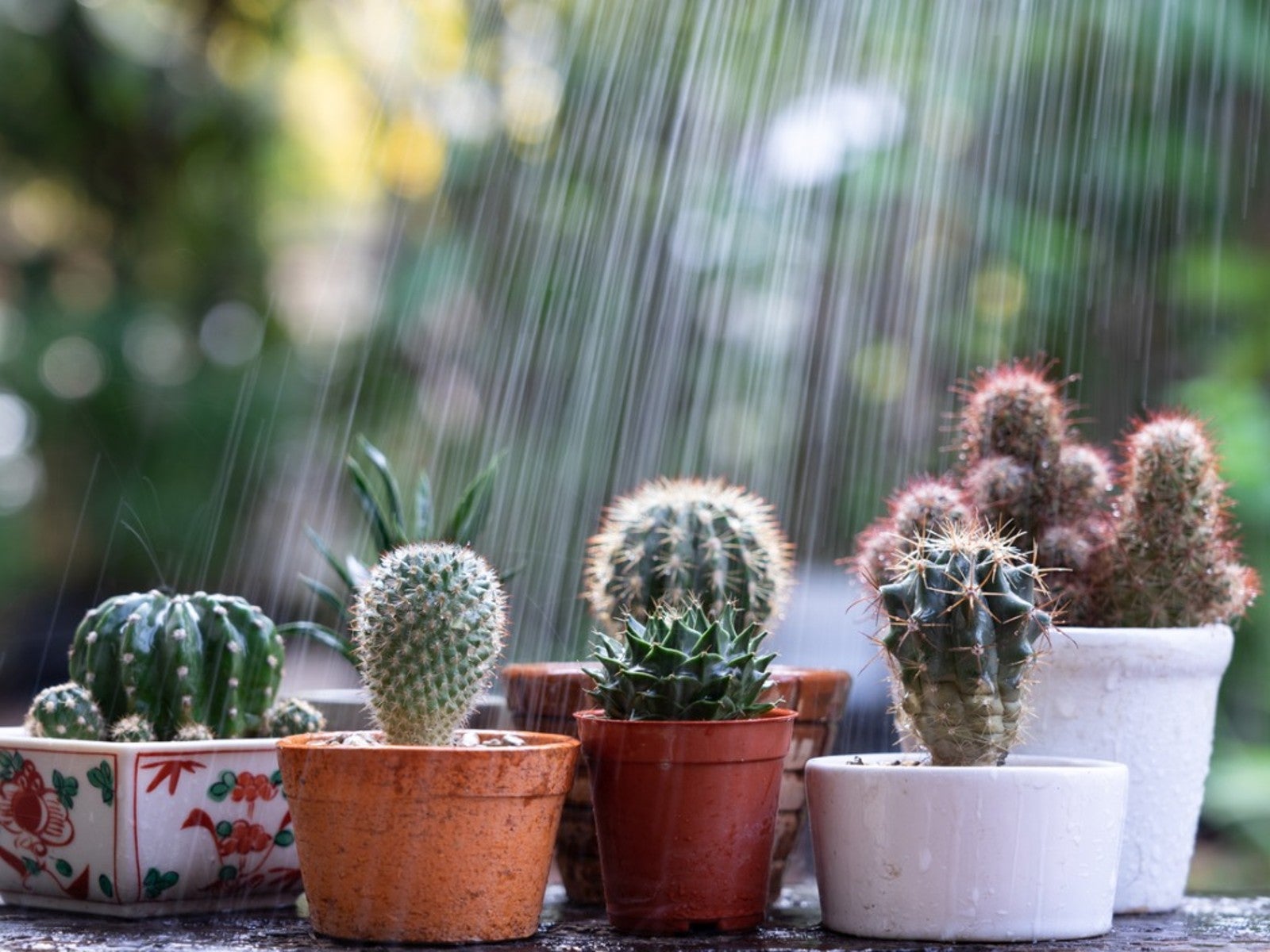 How To Protect Succulents And Cacti From Rain
How To Protect Succulents And Cacti From RainRain has the potential to cause damage to our cacti and succulents. However, when planted in proper soil, rainfall may perform as just a deep watering. Read on for more.
By Becca Badgett
-
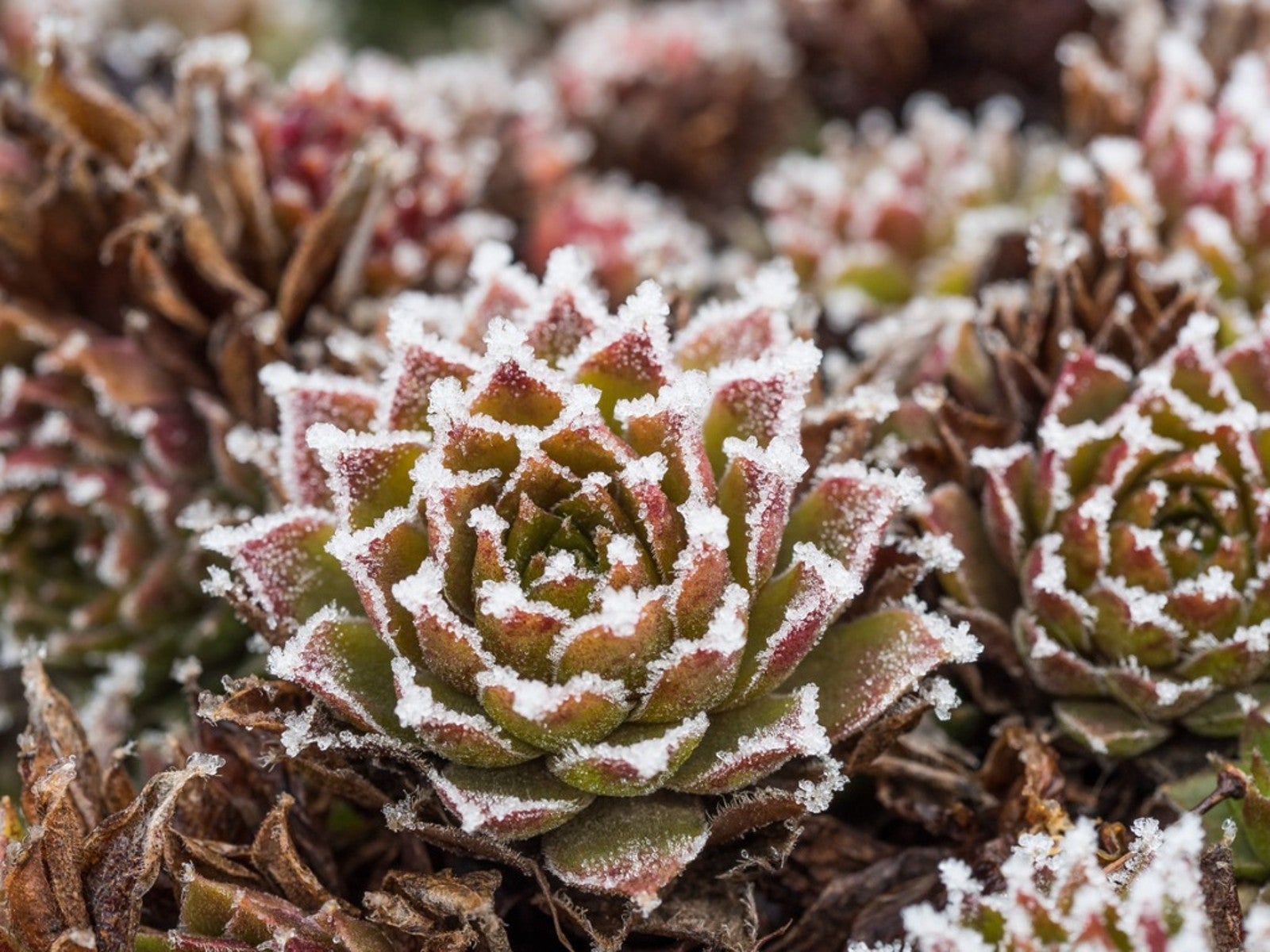 Succulents and Frost: How To Save A Succulent From Frost Or Freeze
Succulents and Frost: How To Save A Succulent From Frost Or FreezeCan succulents withstand cold? Succulents and frost don't traditionally go together and can result in damage, but you may be able to save frozen succulents.
By Bonnie L. Grant
-
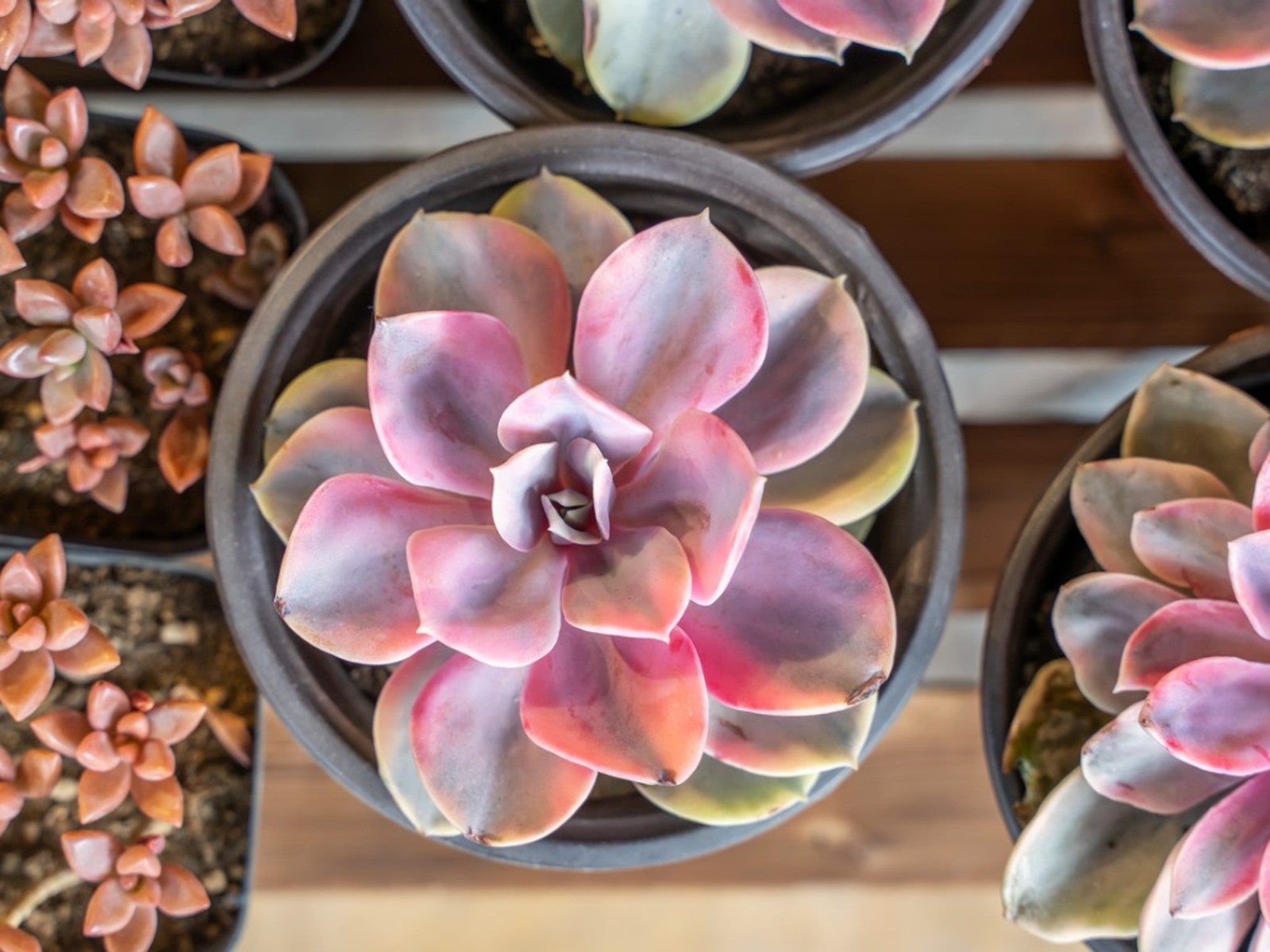 Pink Succulents Varieties To Try: How To Grow Perfect Pink Succulent Plants
Pink Succulents Varieties To Try: How To Grow Perfect Pink Succulent PlantsPink succulents may display the color on leaf edges or with streaks or blotches mingled throughout the foliage. Here are our favorites.
By Becca Badgett
-
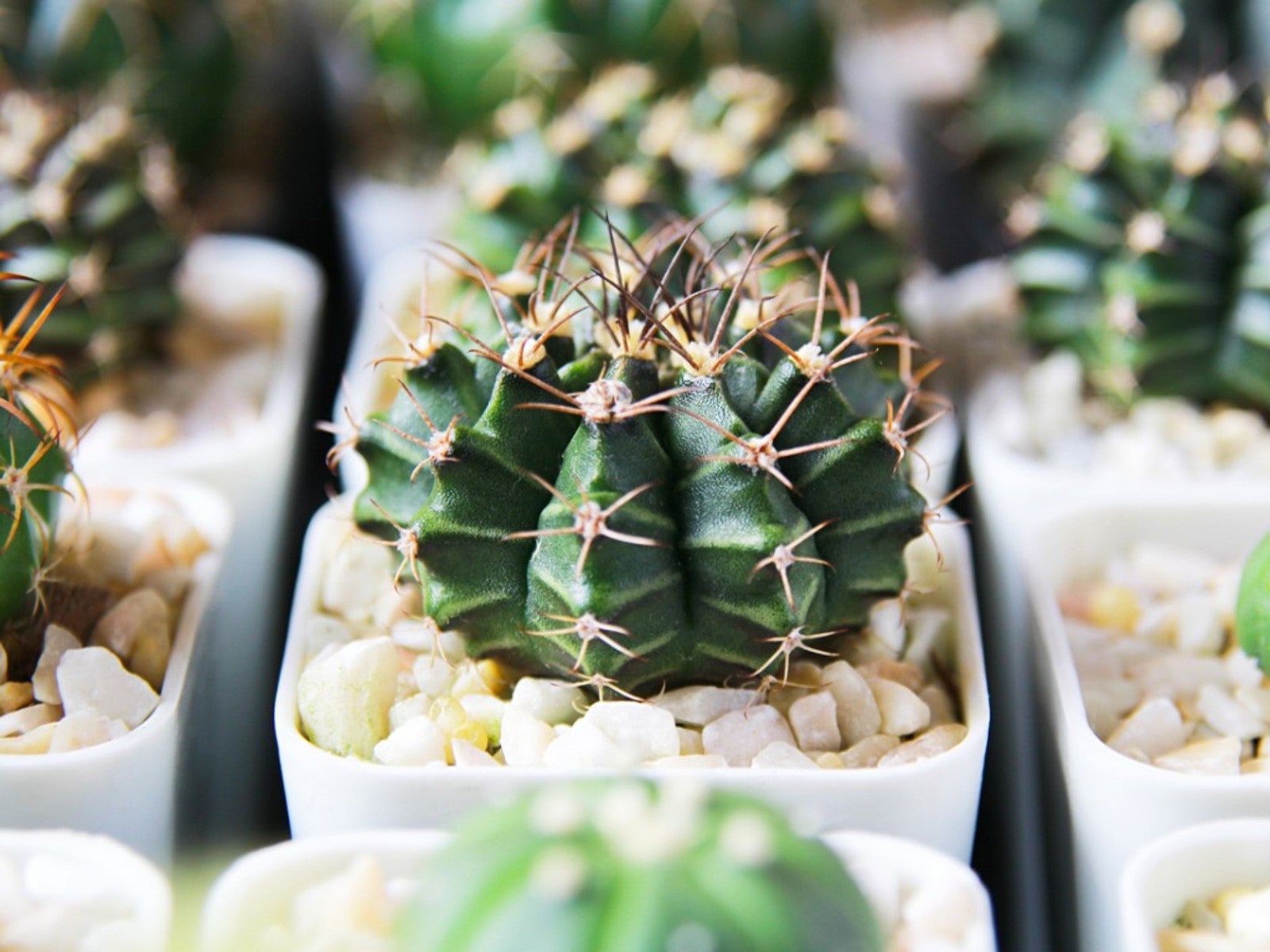 10 No Fuss Cacti - What’s The Best Low Maintenance Cactus
10 No Fuss Cacti - What’s The Best Low Maintenance CactusIf you’re thinking of adding plants to your collection, consider no fuss cacti. Click here for an easy cacti list, even for beginners.
By Becca Badgett
-
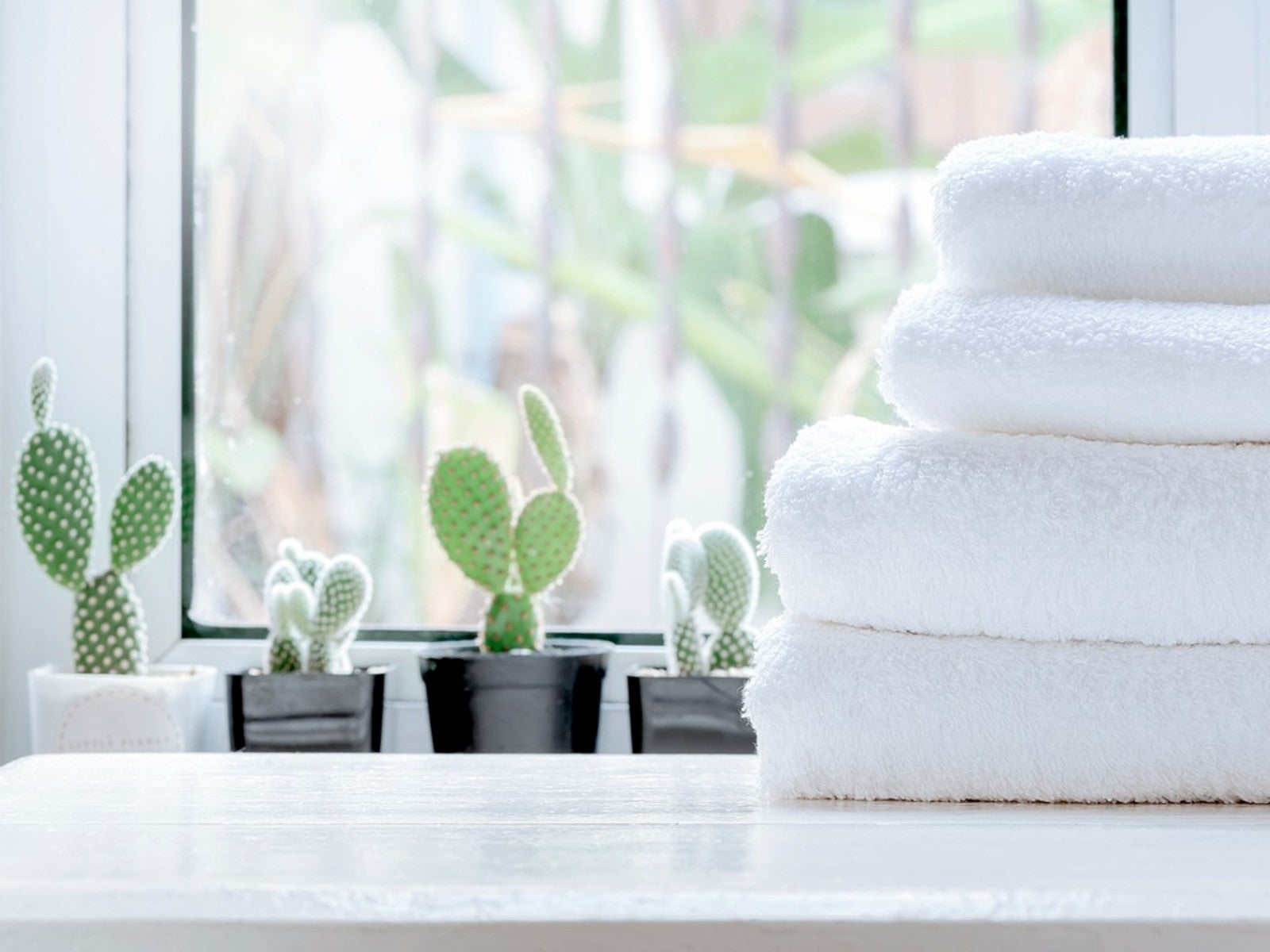 5 Best Succulents For A Bathroom
5 Best Succulents For A BathroomSome succulents can be great options for bathroom decoration. Read on for our top five bathroom succulent ideas.
By Becca Badgett
-
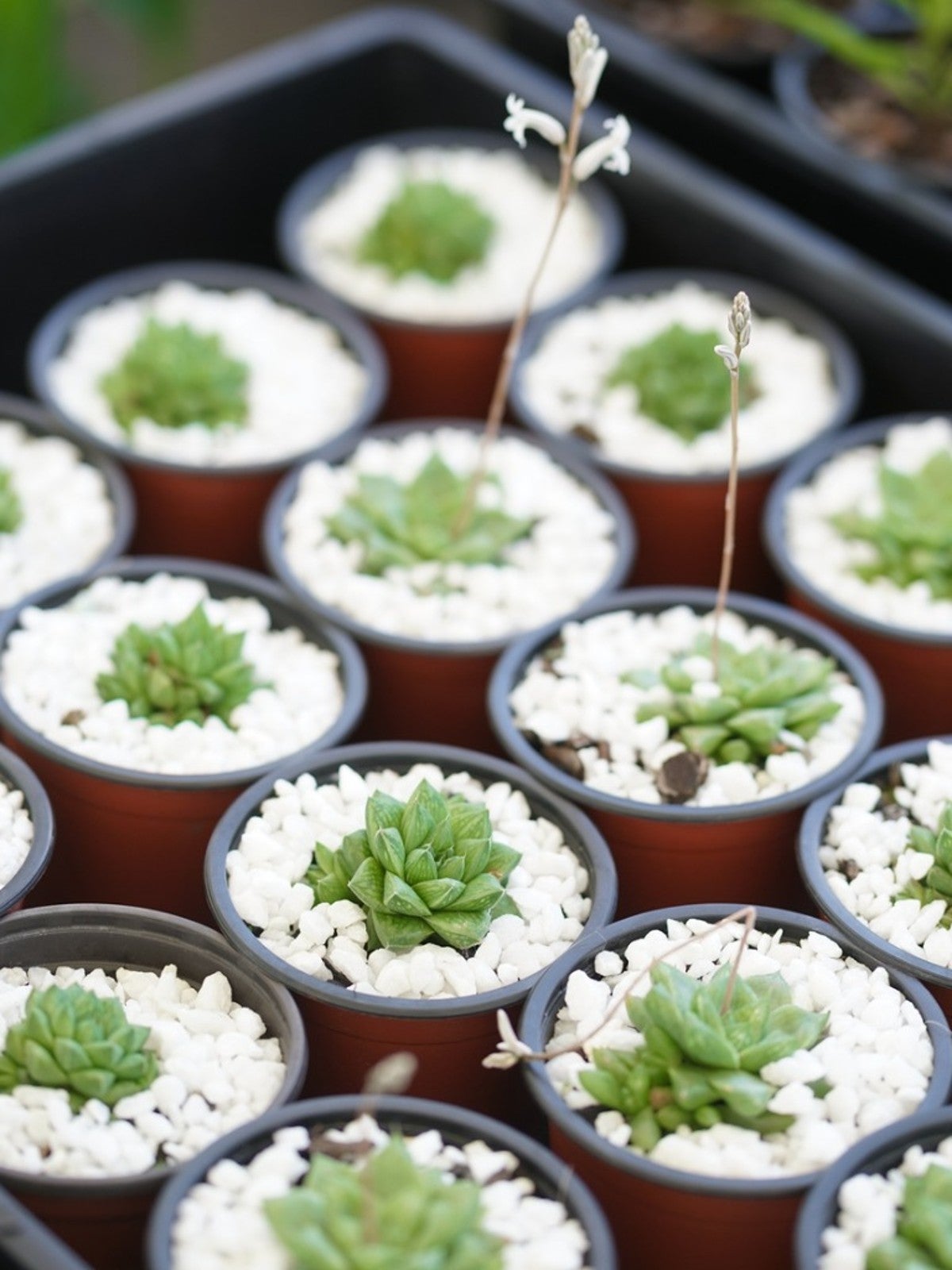 What Is A Succulent Starter Kit - Best Succulent Starter Kits
What Is A Succulent Starter Kit - Best Succulent Starter KitsWhile garden kits are not the most inexpensive option for growing succulents, they do include everything you’ll need. Grow succulents from seed by using a succulent seed starter kit to learn the process and to check your results.
By Becca Badgett
-
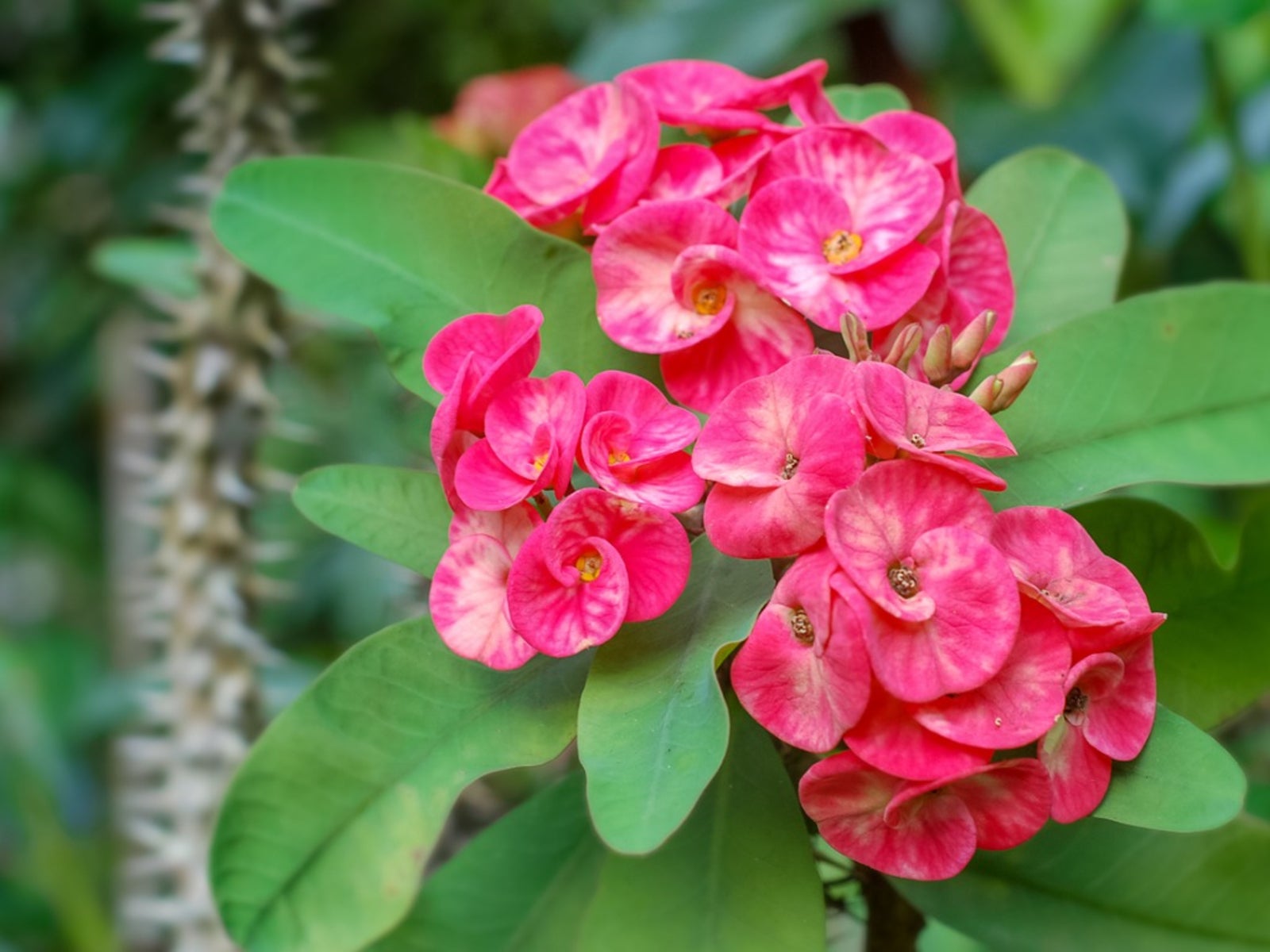 Dazzling Succulents - Succulents With Striking Flowers
Dazzling Succulents - Succulents With Striking FlowersWhen you think of succulents you may just envision their unique leaves and stems. But succulents also produce bright and bold flowers in the right conditions. Read on to learn more.
By Bonnie L. Grant